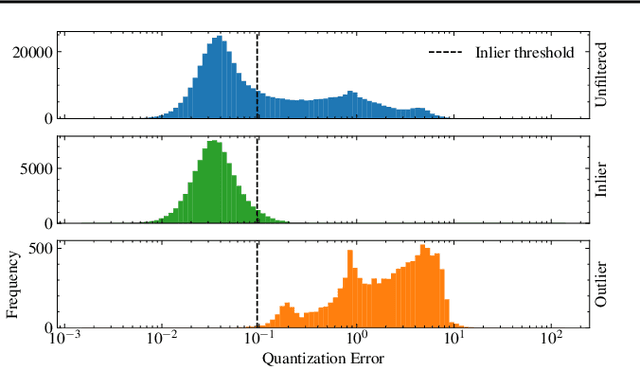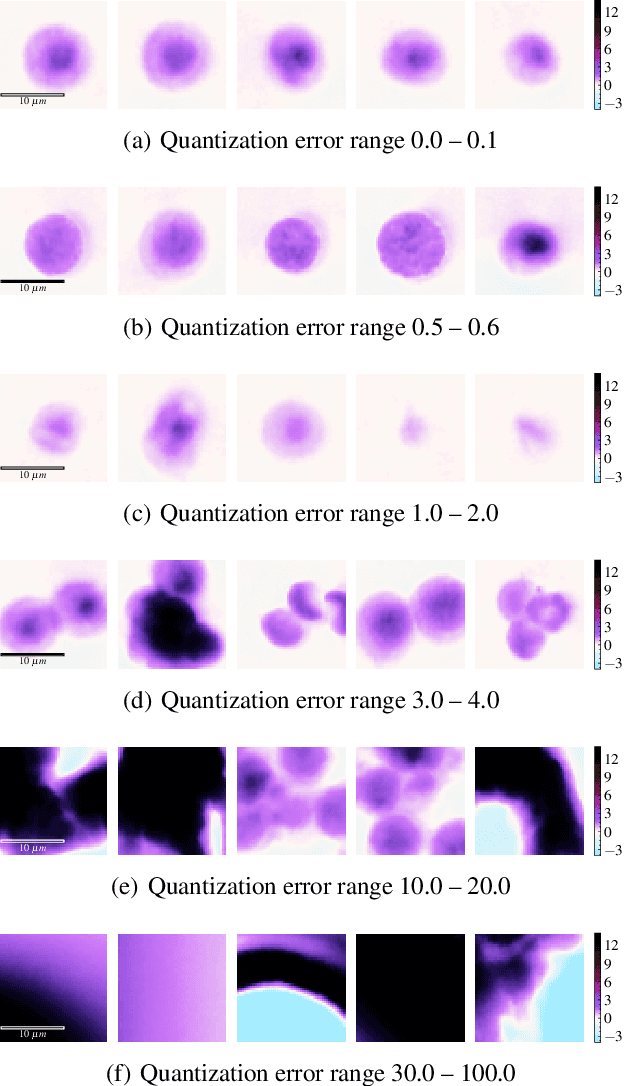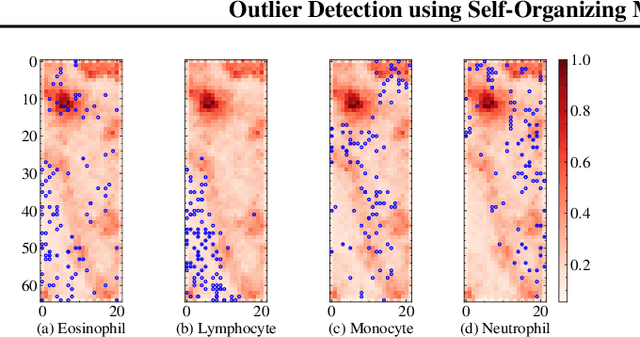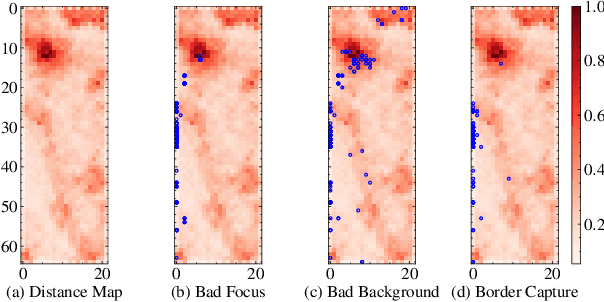Christian Klenk
Towards Interpretable Classification of Leukocytes based on Deep Learning
Nov 24, 2023



Abstract:Label-free approaches are attractive in cytological imaging due to their flexibility and cost efficiency. They are supported by machine learning methods, which, despite the lack of labeling and the associated lower contrast, can classify cells with high accuracy where the human observer has little chance to discriminate cells. In order to better integrate these workflows into the clinical decision making process, this work investigates the calibration of confidence estimation for the automated classification of leukocytes. In addition, different visual explanation approaches are compared, which should bring machine decision making closer to professional healthcare applications. Furthermore, we were able to identify general detection patterns in neural networks and demonstrate the utility of the presented approaches in different scenarios of blood cell analysis.
Outlier Detection using Self-Organizing Maps for Automated Blood Cell Analysis
Aug 18, 2022



Abstract:The quality of datasets plays a crucial role in the successful training and deployment of deep learning models. Especially in the medical field, where system performance may impact the health of patients, clean datasets are a safety requirement for reliable predictions. Therefore, outlier detection is an essential process when building autonomous clinical decision systems. In this work, we assess the suitability of Self-Organizing Maps for outlier detection specifically on a medical dataset containing quantitative phase images of white blood cells. We detect and evaluate outliers based on quantization errors and distance maps. Our findings confirm the suitability of Self-Organizing Maps for unsupervised Out-Of-Distribution detection on the dataset at hand. Self-Organizing Maps perform on par with a manually specified filter based on expert domain knowledge. Additionally, they show promise as a tool in the exploration and cleaning of medical datasets. As a direction for future research, we suggest a combination of Self-Organizing Maps and feature extraction based on deep learning.
 Add to Chrome
Add to Chrome Add to Firefox
Add to Firefox Add to Edge
Add to Edge